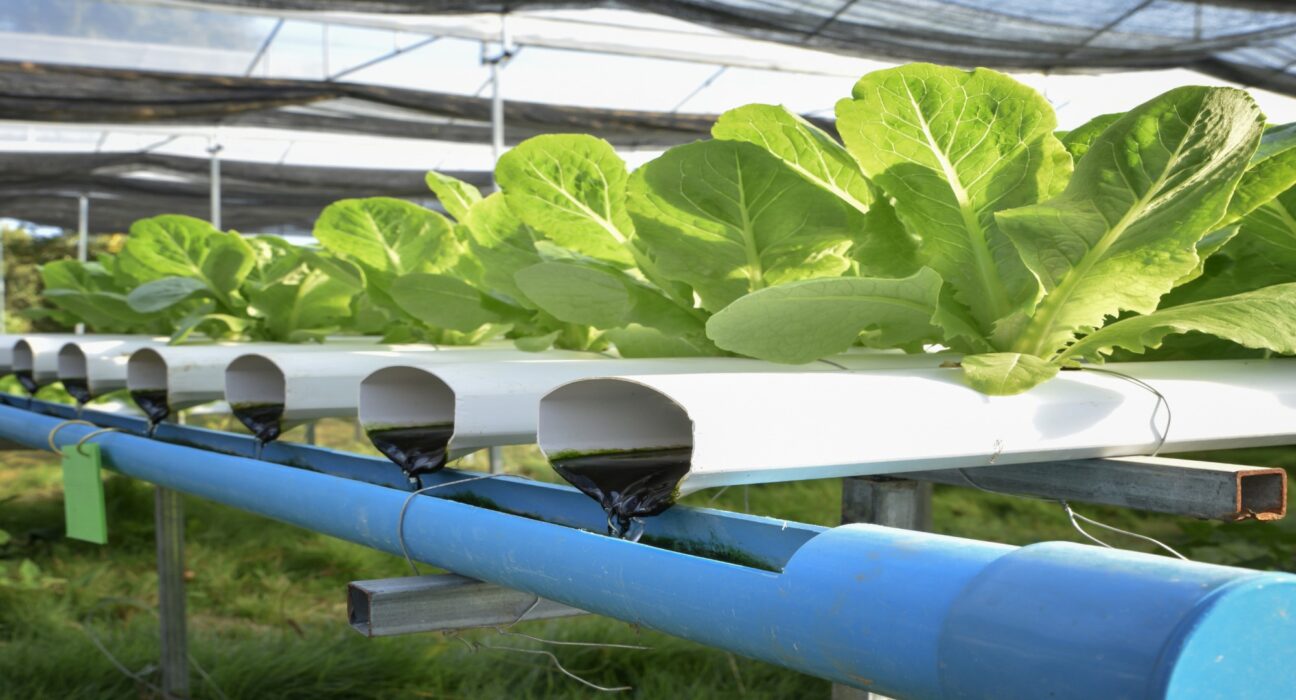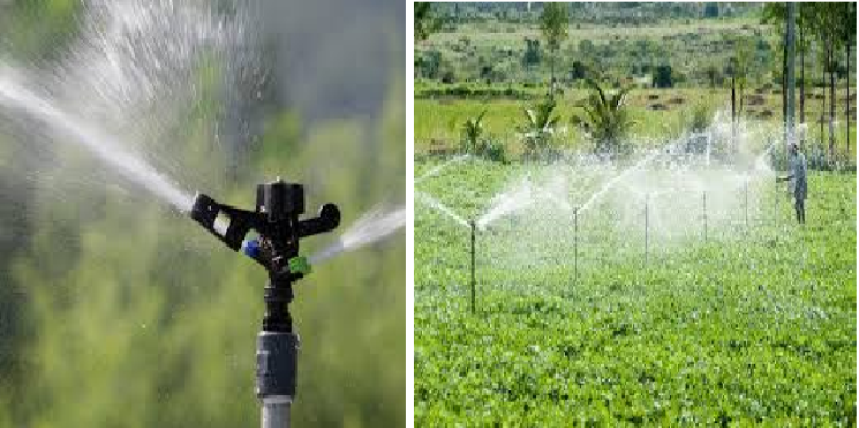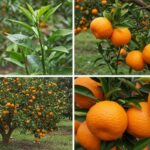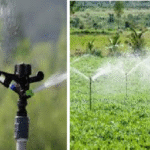Hydroponics and vertical farming in urban areas

As cities expand and farmland shrinks, the question of how to feed growing urban populations sustainably has become more urgent than ever. However hydroponics and vertical farming, two innovative methods that are revolutionizing food production in urban areas. These technologies offer smart, space-efficient and eco-friendly solutions to produce fresh vegetables and herbs right where people live.
What is hydroponic farming?
Hydroponics is a method of growing plants without soil. Instead, plants are cultivated in nutrient-rich water solutions that provide all the minerals and elements they need to thrive. This system allows for precise control over nutrients, pH and temperature, resulting in faster growth and higher yields.
Common hydroponic systems include:
- Deep Water Culture (DWC): Plants float on nutrient water using rafts or nets.
- Nutrient Film Technique (NFT): A thin film of water runs continuously over plant roots.
- Drip Systems: Nutrients are dripped slowly to each plant’s root zone.
Hydroponic farming can be done indoors, on rooftops or even in small containers making it perfect for cities where space is limited.
What is vertical farming?
Vertical farming takes the concept of hydroponics even higher, literally. It involves growing crops in stacked layers, often inside controlled environments like warehouses or shipping containers. This method uses artificial lighting (usually LED), climate control systems and hydroponic or aeroponic setups to create the perfect growing environment year-round.
Instead of spreading crops across acres of land, vertical farming uses height and technology to multiply output. Imagine lettuce, strawberries and herbs growing in tall shelves inside a city building , that’s vertical farming in action.
Why hydroponics and vertical farming matter
The world’s population is expected to hit 9.7 billion by 2050, with nearly 70% living in cities. Traditional agriculture cannot keep up with that demand using existing land and water resources. Hydroponics and vertical farming are key solutions to this challenge because they:
- Save Space: Crops grow in layers or compact systems, ideal for urban settings.
- Use Less Water: Hydroponic systems use up to 90% less water than traditional farming.
- Eliminate Soil Degradation: No soil means no erosion, pests or harmful chemicals.
- Enable Year-Round Production: Controlled environments mean no dependency on seasons or weather.
- Reduce Transport Costs: Produce is grown closer to consumers, cutting logistics costs and emissions.
These advantages make hydroponics and vertical farming vital for urban food security and sustainability.
Real-Life success stories
Cities around the world are embracing hydroponics and vertical farming as part of their urban agriculture strategies.
- Singapore, with very limited land, has adopted vertical farms to produce vegetables locally and reduce imports.
- Tokyo, Japan, has several high-tech vertical farms growing leafy greens under LED lights in old warehouses.
- In Kenya, startups like Hydroponics Africa are helping urban residents grow fresh vegetables on balconies, rooftops and small plots using affordable hydroponic kits.
These examples show that hydroponics is not only a futuristic idea,it’s a present-day reality offering sustainable solutions to food insecurity.
Challenges and Opportunities
Despite its promise, hydroponic and vertical farming systems face some challenges:
- High setup costs: Initial installation of lighting, pumps and control systems can be expensive.
- Energy consumption: Artificial lighting and climate control use significant power.
- Technical skills: Farmers need knowledge of pH balance, nutrient mixing and automation.
However, the opportunities outweigh the challenges. Governments, investors, and innovators are increasingly supporting urban agriculture startups through incentives and grants. As technology becomes cheaper, hydroponics and vertical farming will become more accessible to ordinary citizens.
The future of urban food production
Hydroponics and vertical farming are more than trends,they are the future of sustainable food systems. In an era of shrinking farmland, unpredictable weather and rapid urbanization, these systems offer a lifeline for feeding cities efficiently.
By integrating renewable energy, AI-powered monitoring, and community-based farming models, urban agriculture could transform rooftops and unused spaces into green food factories. The result? Fresher food, cleaner air, reduced waste and more self-reliant cities.
Hydroponics and vertical farming are reshaping how we think about agriculture. They merge science, technology and sustainability to solve one of humanity’s biggest challenges: feeding the world without destroying the planet. For cities like Nairobi, Lagos or New York, the future of farming may not be in vast open fields but in vertical towers filled with thriving greens.











